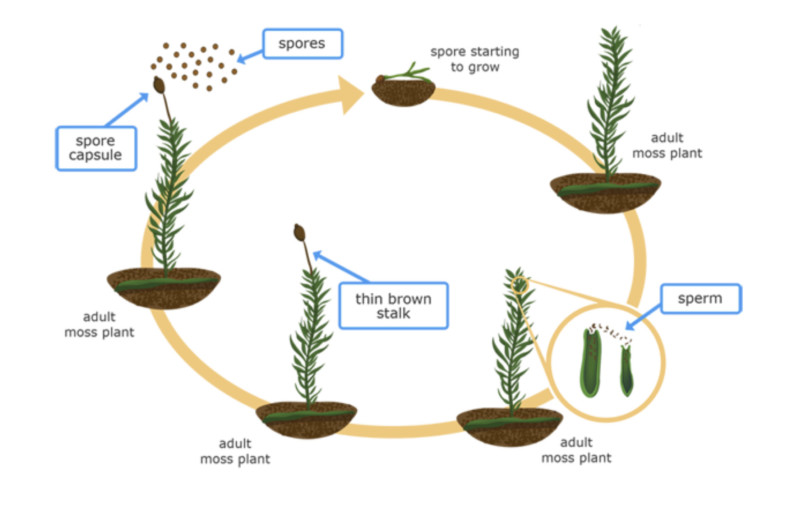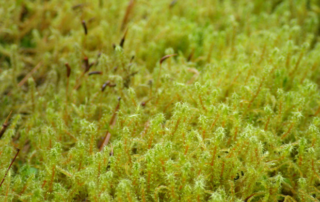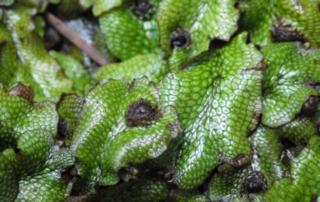The Moss Garden
What Makes a Moss Garden
The largest public moss garden in the United States is at Bloedel Reserve with 50-plus species of mosses and lichens transform two acres into an ancient-feeling fairyland. Contrasting textures and shades of green drape like velvet across decaying tree stumps, punctuated by dark stems of huckleberry. Created in 1982 by planting 275,000 plugs of Irish moss (soon colonized by native mosses), the Japanese-inspired Moss Garden held a keen interest for Prentice Bloedel. He loved alder trees and when the forest and understory were reduced to create the garden, he left many alder stumps as habitat for birds and to create this truly unique landscape.
The Moss Garden at Bloedel Reserve is a rare feature among public gardens in the United States. Though the use of moss is more common in the gardens of Japan, it is unusual to see a collection of mosses as extensive and as purposefully cultivated as those at the Reserve.
What Is Moss?
Mosses and liverworts (byrophytes) are true plants but differ in key features from other plants.
- Mosses lack a true internal vascular system.
- Mosses lack true roots. They have “rhizoids”, root like structures that help anchor the moss to their growing surface.
- Mosses absorb water and nutrients with their entire plant body, not just the rhizoids.
- Moss cannot regulate water loss. They evolved extreme drought tolerance: mosses can dry completely and after reabsorbing water they can begin growth again within minutes.
- The moss life cycle differs significantly from other plants, as illustrated here:
Mosses to Know at Bloedel Reserve
Here are just some of the 50+ moss varieties you will find at Bloedel Reserve. All photos are courtesy of Moss Garden Specialist Darren Strenge.
Recommended Reading
- Kimmerer, R.W. 2003. Gathering Moss: A Natural and Cultural History of Mosses. Oregon State University Press.
- Pojar, J. and A. MacKinnon. 1994. Plants of the Pacific Northwest Coast. Lone Pine Publishing.
- Martin, A. 2015. The Magical World of Moss Gardening. Timber Press.
- Mccune, B., M. Hutten. 2018. Common Mosses of Western Oregon and Washington. Wild Blueberry Media LLC.
- Schenk, G. 1997. Moss Gardening. Timber Press.
- Conard, Henry S, P.L. Readfearn, Jr. 1979. How to Know the Mosses and Liverworts (out of print). Wm. C. Brown Company Publishers.
SIGN UP FOR OUR ENEWSLETTER
Stay up to date on all of the events and activities taking place at Bloedel Reserve.


















